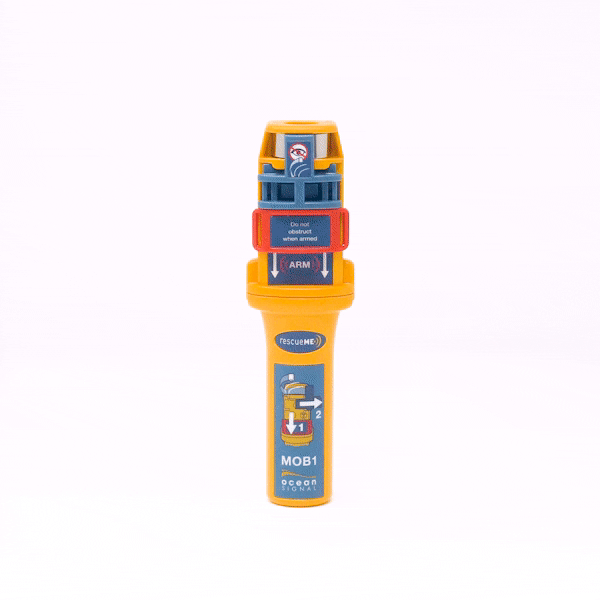FWIW, a jackline that keeps you on the boat is one word. A jack line on the luff of a sail, near the foot, for example (a utility line) is two words. I find it jarring and confusing when some says they "got tangle in a jack line," because it could mean two different things.
There are two reason jacklines for the solo sailor should
not run from stern cleat to bow cleat:
- Jacklines are rigged permanently for frequent singlehanders (you don't want to be frogging around with rigging them when a storm is approaching, or on a nice day decide "oh, why bother"), so if they are rigged to cleats that may interfere with other uses of the cleats, including (but not limited to) docking and anchoring. I've used a cleat for some manner of jury rig while underway a good few times. There is also the whole argument over whether down the side decks is the right location.
- Jacklines should not be rigged to the far ends of the boat. In fact, unless you want to go off the front of the back, they should end about 4-5 feet from the ends. Do the trig, and you will see that will get you to the extreme ends, where you should then clip short to a railing.
Two more thoughts, just for fun:
- It is absolutly possible to rig jacklines so that falling off is impossible. For example, on my trimaran they run allong the hull, not near the bow and not to the transom. There is a tether length of net between me and the side decks at all times.
- Quick release is not universally accepted. For example, it is not an ISO or World Sailing Offshore Rule requirement. The reason is a fair many tales of them releasing accidentally when they were not intended to let go. Who has not had a spin shackle release inadvertanatly? Sure, it might have been poor maintenance or failure to lock it properly, but that happens with tethers also. You would never find a rock climber with a spin shackle in his gear, and spotted just once, no one would ever climb with him again. I thank many, if not most singlehanders would judge that this risk outweighs the risk of drowning in the bow wave (which they can figure ways to avoid). In fact, the standard permits the harness end to be luggage tagged to the harness, though a Kong Tango would be a much better choice IMO.
Another supplement/alternative is to run high lifelines. Starting at the forward stanchion, go up to the shouds and to other fittings as available (varies with the boat). No one said you can't add a tall stanchion or other fittings to support this. I had high lifelines on my cruising cat to protect the passage beside the cabin. Very nice.
But mostly singlehanding is about planning ahead. You aren't racing, so reef early. If something exciting happened, it was because you did not plan. Take pride in uneventful passages; they are a sign of experience. I singlehand most of the time, and a good day is always uneventful. If it was exciting, I did something wrong, which I immediately pledge not to do again.


